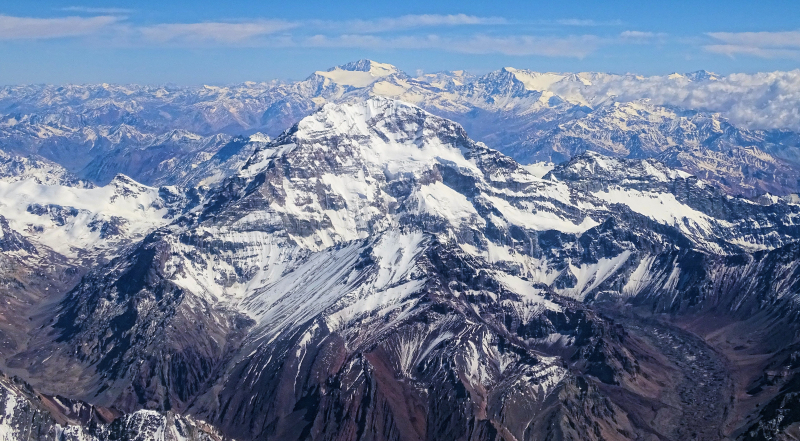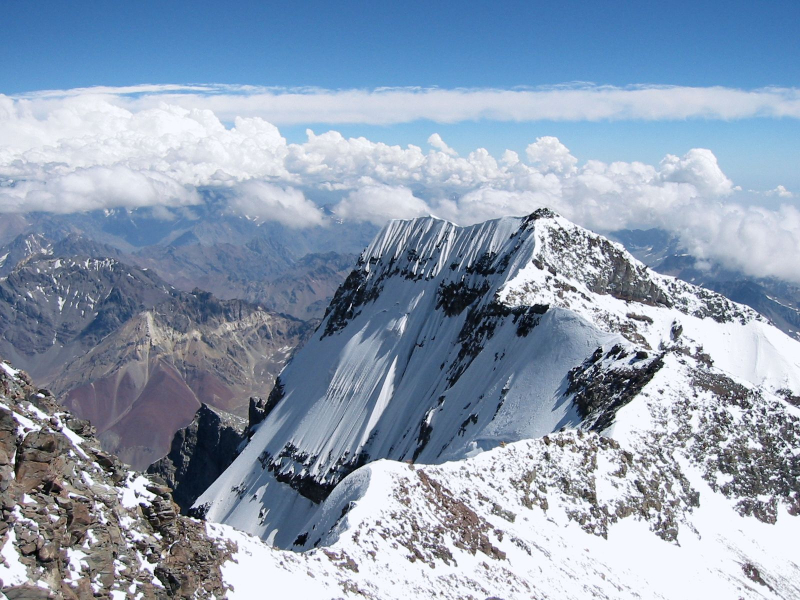Aconcagua

Aconcagua is the highest mountain in both the Southern and Western Hemispheres, and the highest peak outside of Asia. The Andes Mountain Range in Mendoza Province is home to the 22,838-foot mountain. Its summit is 5 kilometers from the province of San Juan and 15 kilometers from the Chilean border. Aconcagua National Park encompasses the mountain and its surroundings. The mountain's history is divided into three periods: the Jurassic Period, the Mesozoic Sequence, and the Cenozoic Era. Climbers can reach the summit of Aconcagua, the world's highest non-technical mountain.
Despite the easy climbing, the effects of altitude are negative, with most climbers suffering from altitude sickness. The mountain and its surroundings are home to a diverse range of flora and fauna. Many climbers today attempt to reach the summit via the "Normal Route", which is a non-technical climb. A non-technical climb is one that can be completed without the use of special equipment or skills. The altitude on Aconcagua, on the other hand, is so high that several hikers have died from altitude sickness while attempting to reach the summit. Climbers must also contend with high winds brought on by frequent storms.
Location: Mendoza, Argentina
Height: 6,961 m (22,838 ft)
Parent Range: Principal Cordillera, Andes






